Portrait photographers have to manufacture their light unless of course, they are using light coming from natural sources. But for most of the situations, studio portrait photography involves setting up elaborate lighting, stands, and modifiers. Light modifiers range from softboxes to umbrellas and reflectors to beauty dishes. The beauty dish is a favorite lighting among portrait and fashion photographers. And it’s becoming a trend in sports photography as well.
If you need more reading of types of lights, you may check my post “What Are The Different Types Of Light In Photography?” But, there are some terms used in this post, I think it is better going through them quickly
- Hard light:
Hard light creates shadows with a sharp edge. There is a negligible transition from light to dark. Hard light is created by strongly focused light traveling from small (or relatively small), single-point light sources like the Sun, a focused beam of light, or an undiffused light bulb.
- Soft Light:
Soft light is light that creates shadows with a gradual transition from light to dark. There are no hard shadow lines. It is created from a scattered or diffused light source.
Two factors affect the softness of light: The first is the size of the light source in relation to the subject. The larger the light source, the softer the light being cast on the subject will be.
The second factor is the distance between the light source and the subject. The farther a light source is placed on the subject, the harder the light will become.
- Fall off:
Fall of simply describes the transition from light to shadow areas.
- Wrap:
Large light sources tend to create soft light. Large softboxes and lights that have a large diffusion screen in front of them are often described as a wrap. When the light source is large, compared to the subject, the light will ‘wrap’ itself around the subject showing the characteristic soft-edged shadows that are the result of soft light.
- Catchlight:
A catchlight is a gleam of light that is reflected in the eyes of people. They are the result of light reflected from a bright source. As they are reflected light they tend to appear as highlights or completely white spots of light. Normally the brightest local light source causes the appearance of the catchlights. The shape of the light source determines the shape of the catchlights. Shape matters too. The catchlight will take on the same shape as the light source. Circular reflectors, flash diffusers, and shoot-through umbrellas create rounded catchlights, and rectangular softboxes create a rectangular catchlight.
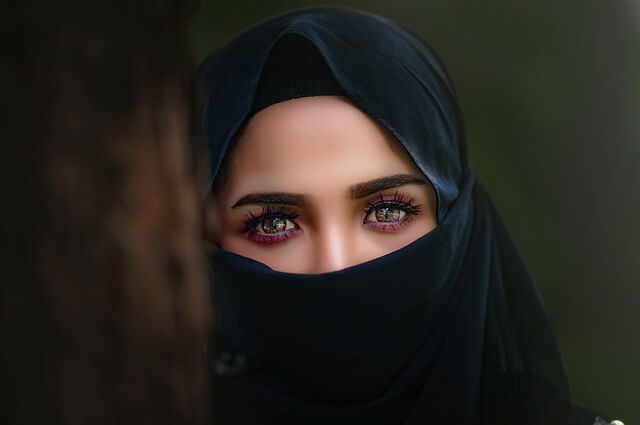
What is a beauty dish?
A beauty dish is simply a shallow parabolic disk that attaches to a light source. There is a plate covering the flash head – this causes the light to reflect back into and out to the sides of the main dish. Most of the light is aimed forward at the model because of the size and curvature of the dish.
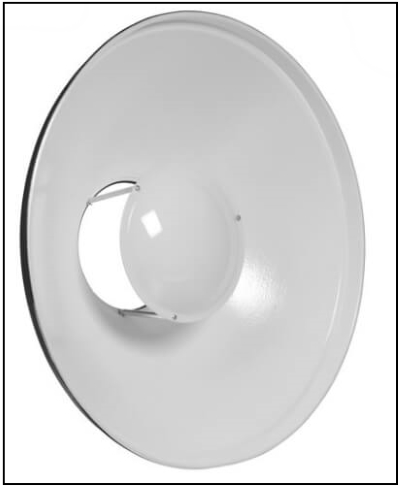
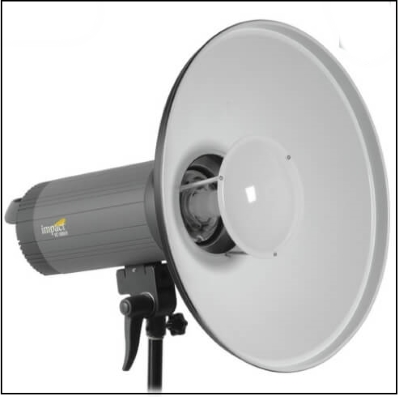
Wikipedia defines the beauty dish as a photographic lighting device that uses a parabolic reflector to distribute light towards a focal point. The curved shape of the beauty dish aims most of the light toward the subject and therefore is extremely directional. The light created is between that of a direct flash and a softbox, giving the image a wrapped, contrasted look, which adds a more dramatic effect.
Beauty dishes come in a variety of sizes ranging from 16 to 30-inch diameters. The interior of the beauty dish comes in two coatings: the more popular white coating, or the silver color. The silver color creates more contrast and brings out more detail than the white coating.
The quality of light produced by a beauty dish is not as soft as a softbox, but it is softer than an umbrella, and not as hard as just using a 7-inch reflector. The light coming from a beauty dish is basically a combination of a softbox and direct flash. The light falloff is quite rapid, which helps to sculpt the subject’s face and to show texture in their skin.
Beauty dishes often produce nice catchlights in the eyes and shadows under the jawline. They are versatile modifiers because you can change the quality of light by choosing a dish with a silver, or white, inner surface. The white surface will produce slightly less specular highlights on the subject’s face. You can also control the spill of light by using a grid and even further soften the light by adding a sock over the front.
You can also use the beauty dish with diffusion material and honeycomb grids in order to control the quality and direction of light. Diffusion material will allow you to soften the intensity of the beauty dish, and honeycomb grids will allow you to better control the direction of light.
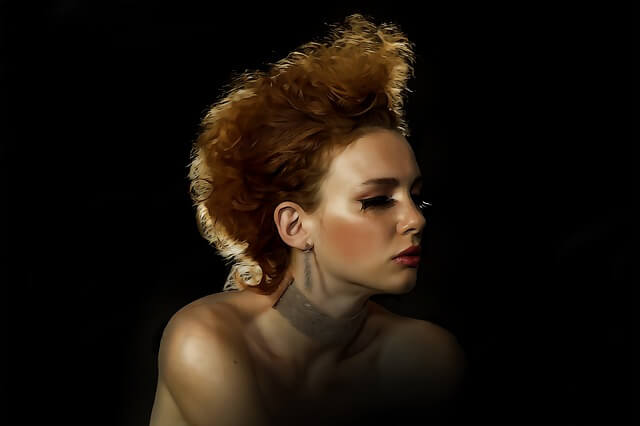
Comparison of umbrella, softbox, and beauty dish
Umbrella
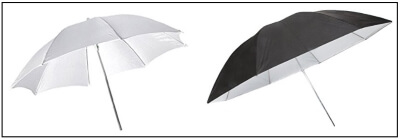
Umbrellas throw light every way, remember they are a relatively large light source, they produce very soft light. Keep in mind that umbrellas come in many different sizes, the larger the size, the softer the light. But you can’t control the light direction; you can’t throw light only on a certain area of the subject. This is practically impossible with an umbrella. The only thing between the bare bulb of the flash and the subject in an umbrella is a thin sheet of white material in an umbrella, so the light in the center is significantly hotter than the light around the edges of the umbrella (relatively un-even light). It is also Difficult to Get Close to Subjects especially with Reflective Umbrella.
The biggest pro of umbrellas is its lower cost; I think you already know that there are two basic types of umbrellas:
- Reflective umbrellas go behind the flash. The flash fires into the umbrella, and then the reflective umbrella kicks the light back to the subject. This light is almost impossible to control.
- Shoot-through umbrellas are aimed at the subject and goes between the flash and the subject. This light is slightly more controllable.
Softbox
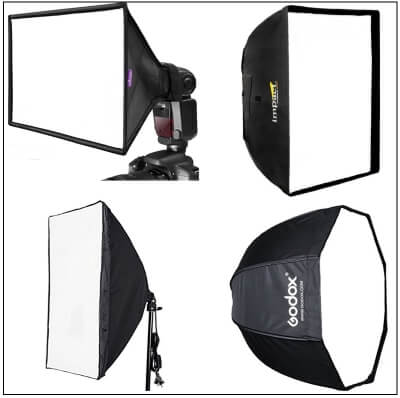
A softbox offers the benefits of soft light like an umbrella does, besides that it produces a narrower beam of light. This allows photographers to hit only a part of the subject with soft light, so it has better control of the direction of the light. Also In a softbox, the light goes through two pieces of material that spread out the light more evenly than an umbrella. The softness of the light depends on the relative size of the softbox compared to subject size, so using a bigger softbox allows you to have softer light. The contrast is going to be determined by your light source to subject distance.
Softbox has many shapes, ranging from squares, rectangles, Strips to Octaboxes (sometimes they are called Octabanks). They also come in various different sizes from small basketball-sized softboxes to large wall-sized softboxes.
Beauty dish
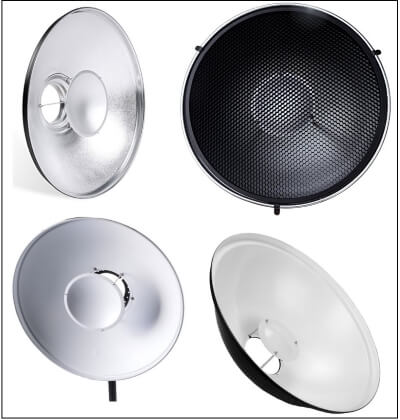
A beauty dish produces an edgy and crisp light that is favored for showing shape and texture in the subject. However, despite being a wide reflector it creates a harder light than a softbox. A beauty dish is a common type of lighting for sports portraits, which typically use a crisp type of lighting to highlight muscles, curves, and texture. Also, it is a common lighting type for fashion and portrait photography because it gives you a natural look with slightly accentuated shadows.
The effect of the light from a beauty dish is to create a contrasty light. It is useful in developing a dramatic effect. The soft, focused nature of this type of light creates a great wrap, with lovely soft shadow graduations – particularly flattering on the face.
There are two types: white and silver coatings. The white version delivers a softer and slightly more even light than its silver counterpart that brings more punch and contrast.
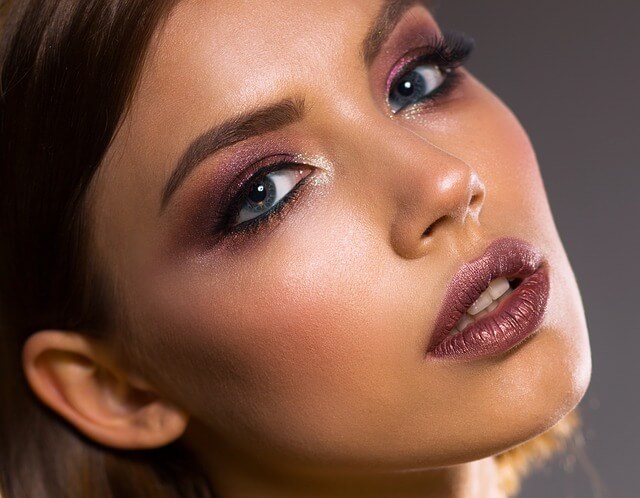
Tips for using a beauty dish
- The beauty dish is designed to create a relatively hard light source with semi-soft edges and has no hot spot in the middle of the Light. To have that kind of light, you should get it nearer to your subject otherwise you wouldn’t have that effect. Like lenses the beauty dish has a sweet spot where it can work well, for most beauty dishes, you want to place them from 6 inches to 2-3 ft. from your subject’s face.
- If you’re looking to add more shape to the face and/or more contrast to the jawline and cheekbones, position the beauty light higher than the subject. If your subject has wrinkles you would like to soften, don’t light from above—it will accentuate the wrinkles.
- Using the grid on the Beauty Dish will concentrate the light source so the light is only falling on the subject and will fall off in a very short distance beyond the subject. Honeycomb grids will allow you to better control the direction of light.
- If you feel the shadow is a little dark we can always place a white poly-board reflector to fill in a little of the shadow and make it less dramatic.
- Using a diffuser neutralizes the highlights and reduces contrast all the way around. If you need a slightly less contrast you can use a diffuser. Diffusion material will allow you to soften the intensity of the beauty dish.
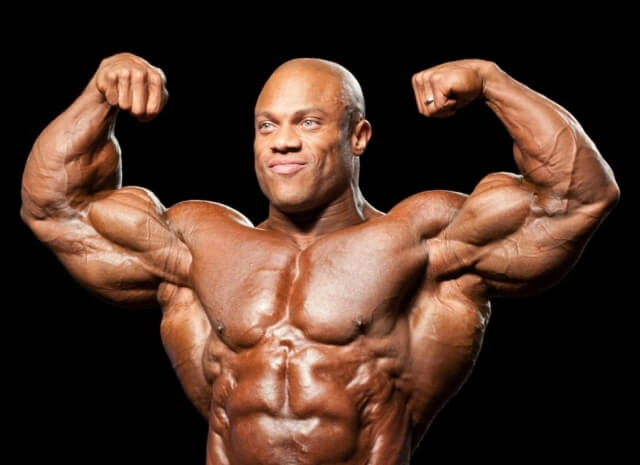
Recommended beauty dish
Fotodiox Pro Beauty Dish 22″ with Speedring for Bowens
The perfect accessory for the portrait photographer, the Fotodiox beauty dish uniquely diffuses light to provide high output with moderate feathering. Unlike a softbox or a reflector which has an “illuminating” surface, the beauty dish has a circle of light with an opaque center and an internal light shield that allows bounce-only lighting. How does the beauty dish compare to a softbox? As the beauty dish is smaller, it will result in less-soft shadows. It will also provide moderate round catchlights in the eyes, whereas a softbox will yield larger rectangular catchlights. The Fotodiox beauty dish uses a parabolic reflector in an 80-degree angle to focus light towards a wrapped area.
The Fotodiox Pro Beauty Dishes also come with a diffusion ‘sock’ for further controlling the sharpness of shadows. You can use the soft diffuser cover and honeycomb grid to further change the light pattern, creating a wrapped, contrasted look, which adds a very dramatic effect. The Fotodiox 50° Honeycomb Grid (Sold Separately) contains the light to a more tubular pattern, for more of a spotlight effect without a light spill.
SMALLRIG Parabolic Softbox Quick Release

Create a beautiful, even key light for still or video productions with this flexible RA-D55 Parabolic Softbox from SmallRig. Designed to set up and pack away quickly in the included carrying case, the softbox has a 21.6 x 14.6″ opening for a strong yet soft and controllable output. Soften the light output with the included internal diffuser, or remove the diffusor to increase the light output. You can mix and match using either or both the internal and external diffusers to soften the light.
Product highlights
- Great for Key/Beauty Light
- Ideal for Overhead Use on a Boom
- Assembles in Seconds
- Exterior Support Ribs
Neewer 13feet/390cm Two Way Rotatable Aluminum Adjustable Tripod Boom Light Stand
Product highlights
- A great way to improve your lighting for product and portrait photography.
- Extend the bar and adjust the angle using the butterfly knob and you will have a stand with a two-section boom ready to use.
- The armbar can be extended to the length of 75inch/190cm. Sets up easily in a matter of seconds.3 legs stages at the bottom to have solid stability.
- The boom allows you to place a light directly over your subject matter for great separation and light control. It can also be rotated to 180 degrees, so you can shoot the subject under a different angle, and then you will capture various beauties of it.
- An included sandbag gives a perfect counterbalance for safety and smooth movement.
Related Posts
What Are The Different Types Of Light In Photography?
Photography Lighting Techniques – Softbox Vs Umbrella
Photography Lighting Techniques – All About Light Reflectors
Photography Lighting Techniques – Portrait Lighting Setup
Photography Studio – Setting Up Home Photography Studio
Thanks for reading, I hope you enjoyed the article if you have any questions just post them below & I will be happy to answer you.
If you enjoy the site, don’t forget to subscribe, we will only inform you when a new article is posted.

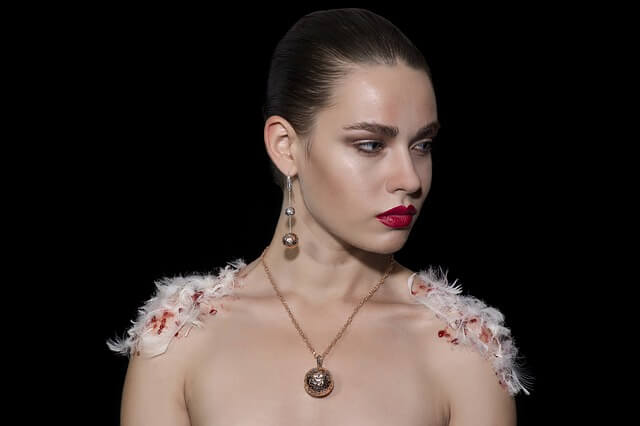


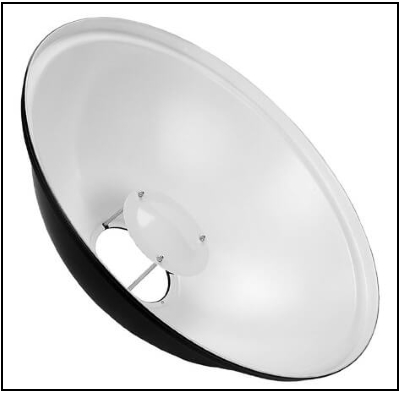
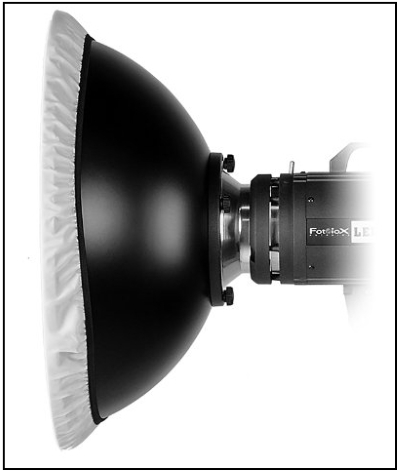
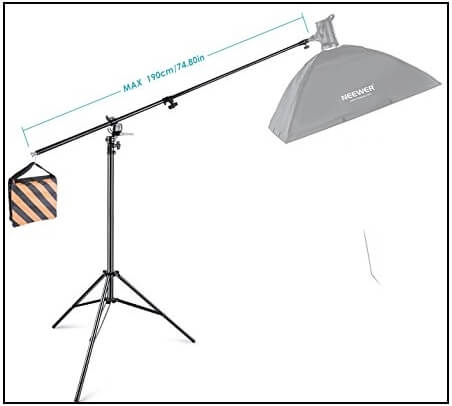

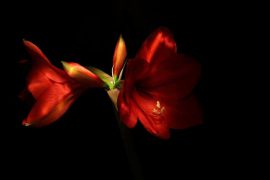

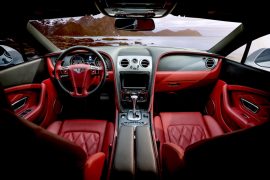
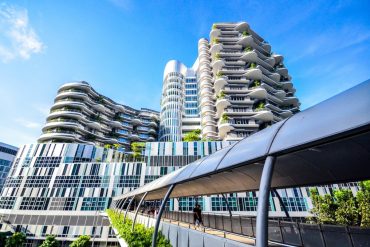
Is this backwards: you say a beauty dish “is softer than an umbrella”? Later, you say an umbrella is very soft.
Hi
Thanks for the comment, no it is not backward, let us not argue about words. Umbrella produces a very soft light because they are a relatively large light source, the larger the size, the softer the light. The main issue with an umbrella is that you cannot control the light direction; you cannot throw light only on a certain area of the subject.
On the other hand, beauty dish produces soft and focused light. It is used to create a contrast and crisp type of lighting that is commonly used in fashion and sports portraits. Because it can highlight texture, curves, and muscles.
That’s a comprehensive and well-written article which got my attention to the point that I was carried away by the quality of the pictures. It speaks well of how Professional you’re in this field.
Frankly speaking, I’ve not bothered to find out about lighting effect in taking pictures until now even though I become disappointed when I don’t get quality pictures from snapshots I take with my phone. To me, darkness means no taking of pictures until daylight but with this lighting, one needs not to wait for natural light.
I’ve learnt some amazing stuff from your post and so thanks for the information.
Glad you find the article useful and informative, thanks
I use to think a beauty dish wasn’t meant for modern day photography until I read this article and now I understand its significance as a shallow parabolic disk that attaches light to a source, also I will like to know your recommendation on a beauty dish with good cost for portrait and and fashion.
Thanks
Great article and well written! My nephew is obsessed with photography and especially portrait photography. He is very detail oriented so this breakdown point by point of the different lighting techniques is going to be a dream for him. Nice visuals depicting a few of the techniques. Bookmarking this! He’s going to enjoy it. Thank you!
There is no doubt that photography is an art and requires a lot of skill , patience. Thanks for sharing such informative information in your article, no doubt that the beauty dish is a great tool for enhancing photographic skills. I will be sharing your posts with my friends who are upcoming photographers, i am pretty sure they are going to love this ! Also great pics !
Thanks